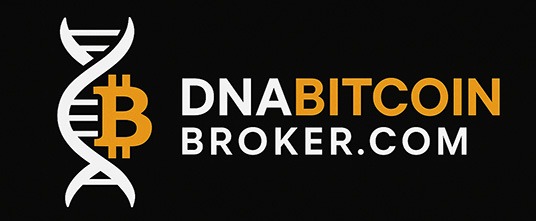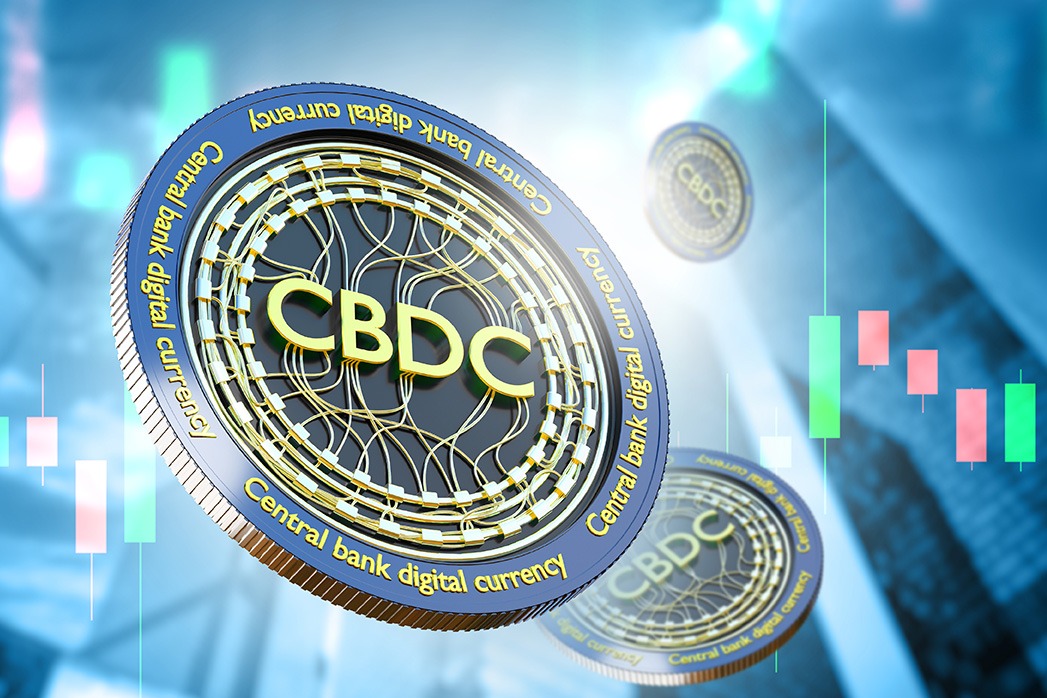Institutional Onboarding: How Family Offices and Funds Buy Bitcoin Safely in Europe
“Institutional adoption isn’t about speculation — it’s about structure, security, and compliance.” – DNA Crypto Knowledge Base.
Bitcoin is now a recognised asset in global portfolios, and Europe’s regulatory clarity under MiCA is accelerating institutional entry.
For family offices, hedge funds, and high-net-worth clients, the challenge is no longer whether to buy Bitcoin, but how to buy it safely, at scale, and in full compliance.
Learn more: Institutional Bitcoin Adoption
The Institutional Challenge
Buying Bitcoin at an institutional scale goes far beyond retail simplicity. Large allocators face hurdles such as:
– Regulatory compliance across multiple EU jurisdictions
– Custody assurance and segregation of client assets
– Settlement and liquidity management for large trades
– Counterparty risk from unregulated exchanges
These barriers have historically slowed adoption. But with trusted intermediaries like DNA Crypto, institutional onboarding is now efficient, regulated, and secure.
Explore: MiCA and Investor Protections
DNA Crypto: A Regulated Gateway for Institutional Bitcoin Access
DNA Crypto, a VASP-licensed brokerage based in Poland, provides a turnkey institutional onboarding solution built for precision and scalability.
The model combines Swiss-grade banking discretion with MiCA-aligned compliance, ensuring confidence for every trade.
Key components of the institutional framework:
– Structured Onboarding: A tailored KYC/AML process for each entity type, with jurisdiction-specific documentation and EU-standard due diligence.
– Secure Escrow: Fiat and crypto held in segregated, insured accounts until trade completion, removing settlement risk.
– Swiss Banking Rails: Cross-border settlements via Swiss infrastructure in EUR and CHF, ensuring privacy and operational continuity.
More: Crypto Custody Solutions
Execution and Custody: Designed for Scale
Once verified, institutions gain access to DNA Crypto’s OTC desk, designed for:
– Large-volume trades with minimal market impact
– Competitive spreads for institutional execution
– Regulated custodial storage, combining multi-signature wallets, cold storage, and insurance coverage
DNA’s custody model mirrors traditional finance — offering institutional-grade protection and oversight for digital assets.
Why Institutions Choose DNA Crypto
– Regulatory Clarity: Operating under Polish and EU law, aligned with MiCA.
– Operational Trust: Escrow and custody reduce both counterparty and custodial risk.
– Cross-Border Flexibility: Swiss banking partnerships ensure frictionless fiat movement.
– Tailored Service: DNA’s experts work with client advisors, legal counsel, and compliance teams directly.
More: Global Impact of MiCA
The Bigger Picture
Institutional demand for Bitcoin is strategic, not speculative.
Family offices seek diversification. Funds are building macro hedges.
What they need is an on-ramp that meets the same standards as traditional finance.
DNA Crypto provides exactly that — a regulated infrastructure for compliant, large-scale Bitcoin allocation in Europe.
The future of Bitcoin is regulated, reserved, and institutionally powered.
Image Source: Adobe Stock
Disclaimer: This article is for informational purposes only and does not constitute legal, tax, or investment advice.












